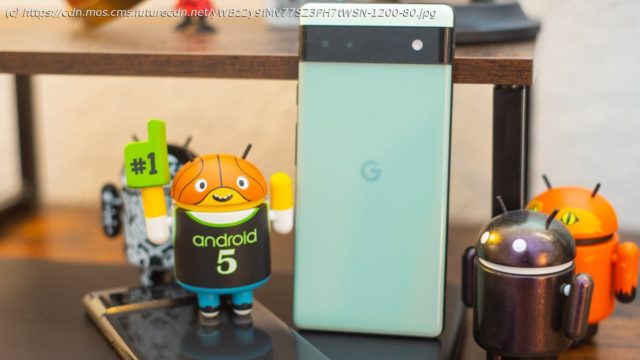The Pixel 6a was too expensive and underpowered, but price cuts made it a great bargain. The Pixel 7a needs to follow suit.
While expensive flagship phones are fun, we’ve got a lot of respect for a high-performance bargain. If our Google Pixel 6a review found the phone uninspired, it has enjoyed a second-life like almost no other phone. The successor Pixel 7a is likely weeks away, and if Google can nail the basics on day one, we won’t need a resurrection for this year’s Pixel a-series before we put it near the top of our best phones list.
So let’s cut to the chase: the Pixel 7a needs to be cheap. Recent rumors suggest that it could cost $499 in the US at launch, which would be a $50 increase over the Pixel 6a when that phone first went on sale in July 2022. The older phone now costs around $299, which is a one-third price cut over its original price.
Google finally found meaning in the a-series launches with an inexpensive Pixel 6a, but I’m worried it hasn’t taken this lesson to heart. In every region, the Pixel 6a is one of the best bargain phones around. It’s no wonder that rumors suggest Google will keep this dirt-cheap flagship clone on shelves.
The Pixel 5a was a disappointment and a laggard. It was overpriced and forgettable. Before it launched, I questioned whether Google would stick with the expensive 5G phone world, or if it should bother. Within months, it was replaced by the Pixel 6 and Pixel 6 Pro, and Pixel destiny changed forever. With Pixel 6, Google made a phone I could recommend
The Google Pixel 6 and Pixel 6 Pro were the first real flagship-level Pixel devices, ready to compete with Samsung and Apple’s best phones. That’s important for Google because in every market its phones run a distant third or further behind the two phone behemoths.
Previous Pixel phones were bargain-priced, with Google-exclusive features and software, but they weren’t flagship competitors. They had mid-range chipsets from Qualcomm, which meant they weren’t very fast. They lacked the high-end cameras and features of the best iPhones and best Samsung phones. They also looked and felt cheap – plastic and boxy.
Samsung used to make phones that felt cheap, then it entered the flagship arena by refining its materials and design with the Galaxy S6 and Galaxy S6 edge. In the same way, Google took six generations to realize that snazzy design, cool colors, and a refined overall finish matter to buyers (and reviewers).
Along with the high-end look came a new level of Google Tensor chip performance. The Tensor chipset may not be the fastest platform in terms of raw power, but it is optimized for Google’s phones, with features that are still exclusive only to the newer Pixel phones that use its in-house chip brand.
Somehow, the improved performance and radical design improvements also came with a price decrease, at least in the US. In the rest of the world, prices remained mostly stable, even though the phone was markedly improved with a more premium feel.






